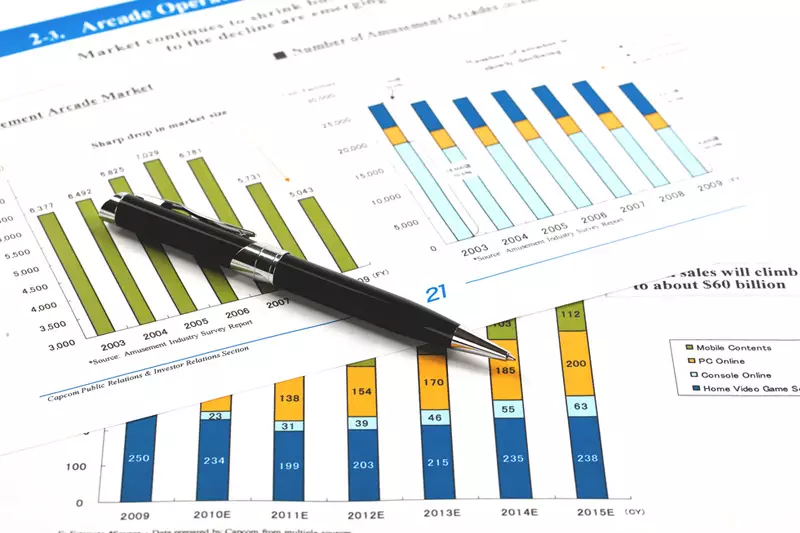The current market scenario reflects a mix of positive and negative indicators across different regions. Strong business activity data in Europe has led to a rise in the euro against the dollar, surpassing $1.07. This increase was further supported by Tesla’s announcement of new models, propelling its shares up by 13% in after-hours trading. Despite this, Tesla’s financial results showed a decline in profit and revenue per vehicle. The company has faced a challenging year, with its shares dropping by 42%. On the other hand, an unexpected drop in inflation in Australia has strengthened the Aussie against the dollar, reaching its 200-day moving average. In contrast, the yen is experiencing a downward trend, hitting 34-year lows, raising concerns about potential intervention due to its undervaluation.
The Japanese government recently sold around $20 billion within a short period following a dovish Bank of Japan (BOJ) meeting. This move, coupled with the prevailing low yen value, has raised alarms in the market, indicating a possibility of intervention similar to that in 2022. Japan is currently facing unfamiliar inflationary pressures, with the BOJ treading a unique path with its extensive quantitative easing measures. The BOJ’s balance sheet has surpassed the country’s GDP, and it holds significant stakes in the government bond market. Despite Governor Kazuo Ueda’s willingness to hike rates in case of accelerated inflation, market expectations remain conservative, with only a slight increase of about 20 basis points anticipated this year. This stands in contrast to the substantial gap in short-term rates between the U.S. and Japan.
In response to positive business data from Europe and a reassuring outlook on rates amid subdued U.S. figures, stock markets have shown an upward trend. The Nikkei in Japan saw a notable rise of 2.3%, reflecting the overall optimism in the market. Moving forward, market participants are closely monitoring key events such as German business sentiment, European policy announcements, and upcoming earnings reports from companies like Meta and Boeing. Additionally, the focus is on the U.S. core PCE reading scheduled for Thursday. Meanwhile, in China, the bond market’s unprecedented rally has faced a setback with a surge in long-dated bond yields post a cautionary statement from the central bank regarding associated risks.
The global market landscape depicts a complex interplay of various economic indicators, government interventions, and market sentiments. While certain regions like Europe show signs of strength, others such as Japan face unique challenges requiring cautious policy responses. Investors and analysts are navigating through this dynamic environment, aligning their strategies with evolving market dynamics and upcoming macroeconomic events.

